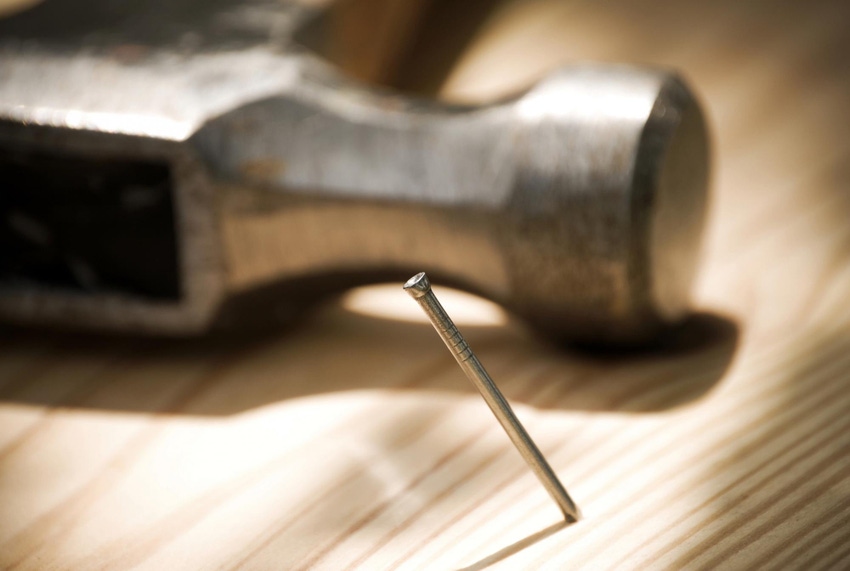October 13, 2015

When considering recycling, greenhouse gas emissions, the EPA and packaging, an old proverb provides guidance, opines Eco-Insights blogger Robert Lilienfeld.
To a person with a hammer, all problems look like a nail. This Japanese proverb fits the current state of environmental thinking among consumers, the media, NGOs, and government at all levels. Recycling is the hammer. Packaging represents the nails.
Sadly, the most egregious example of this philosophy starts at the top, with the EPA. In its desire to promote the value of recycling, the agency has begun illustrating the reduction in greenhouse gas (GHG) emissions for recycled packaging content versus non-recycled packaging content, or discards. This is all well and good, but at no point is there a mention of the fact that on a lifecycle basis, the value of not producing discards (e.g., via source reduction) is still the best solution – because materials not produced, transported, and used do not generate any GHGs!
Ironically, the EPA’s own waste reduction hierarchy clearly shows that the first and foremost way to reduce waste is through source reduction. But at no time does the EPA tie together the value of first reducing (and reusing) and then recycling.
According to Tony Kingsbury, a noted and highly respected environmental consultant, “Source reduction is the Rodney Dangerfield of waste avoidance solutions. It just doesn’t get the respect it deserves. When we look at population growth and consumption patterns versus recycling and composting increases, it just doesn’t explain why U.S. net discards to landfills has leveled off and started to decrease…unless you consider the value of all the source reduction that has taken place.”
Tony added that, “Simple reductions add up fast. For example, a few percent point reduction in plastic film products like stretch wrap eliminates the need for a world-scale polyethylene production facility from being built. This saves all of the GHGs and emissions from being created in the first place."
Thanks, Tony. Amen to that.
What do you think? Please comment below.
Missed one of Bob's blogs? Read them here.
Robert (Bob) Lilienfeld has been involved with sustainable packaging for more than 20 years. He is currently editor of The ULS (Use Less Stuff) Report, a marketing and communications consultant to AMERIPEN and other organizations, and is a professional photographer.
About the Author(s)
You May Also Like




